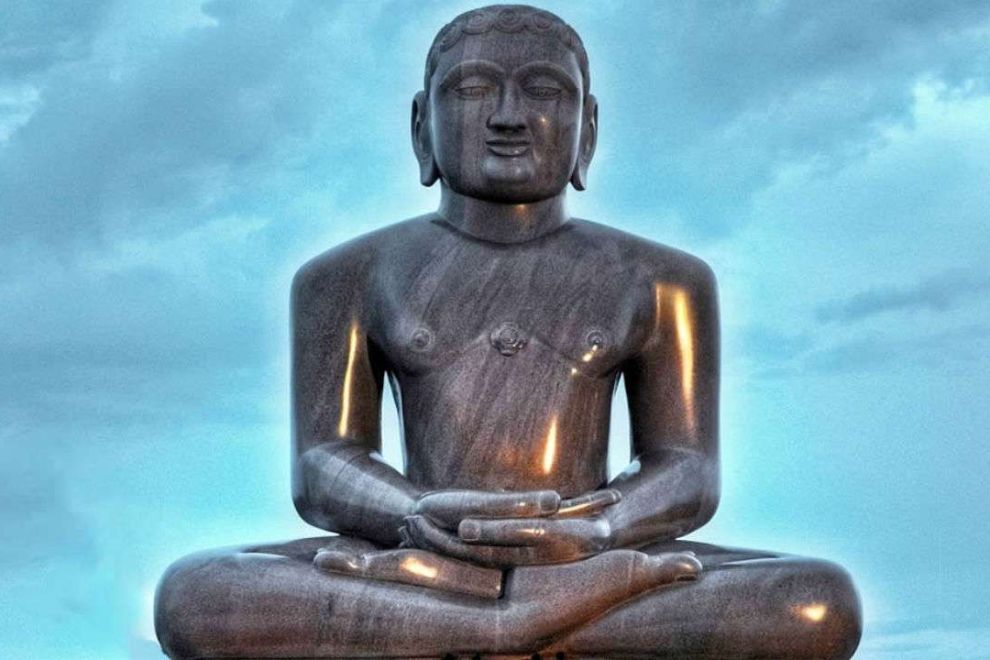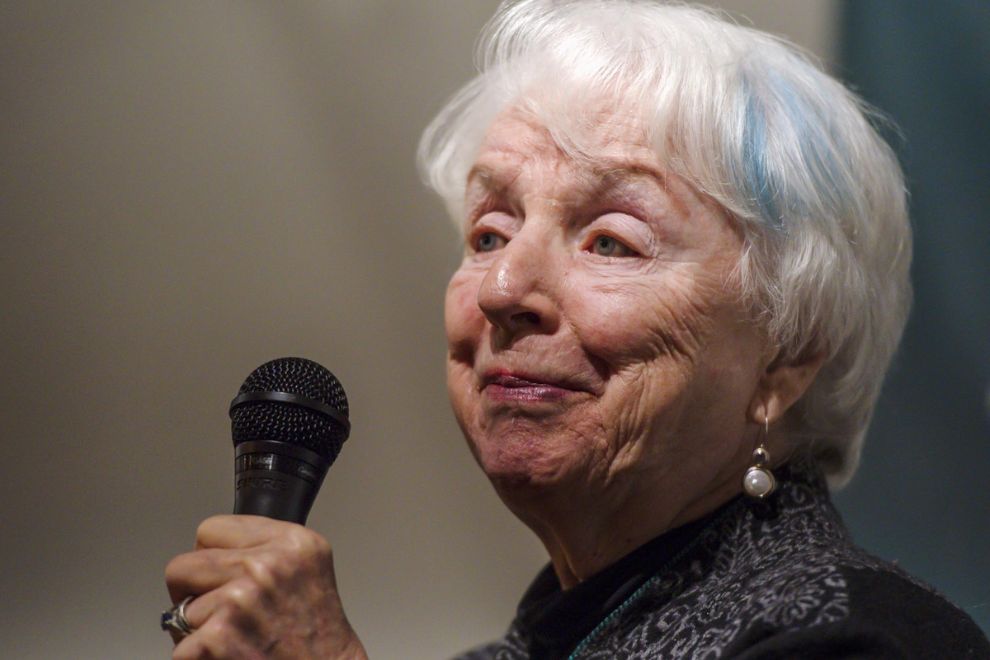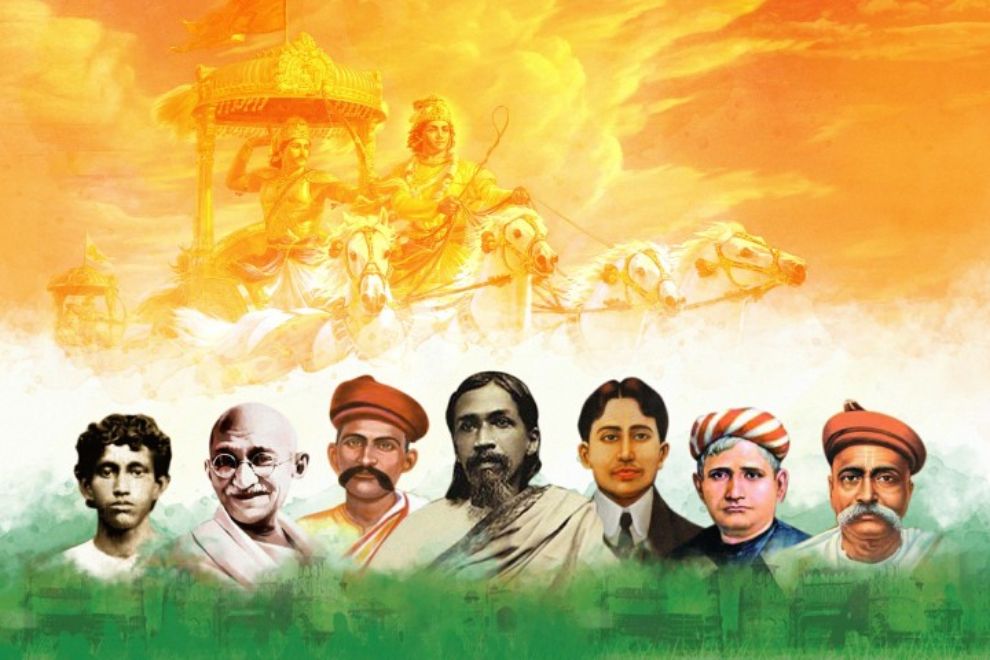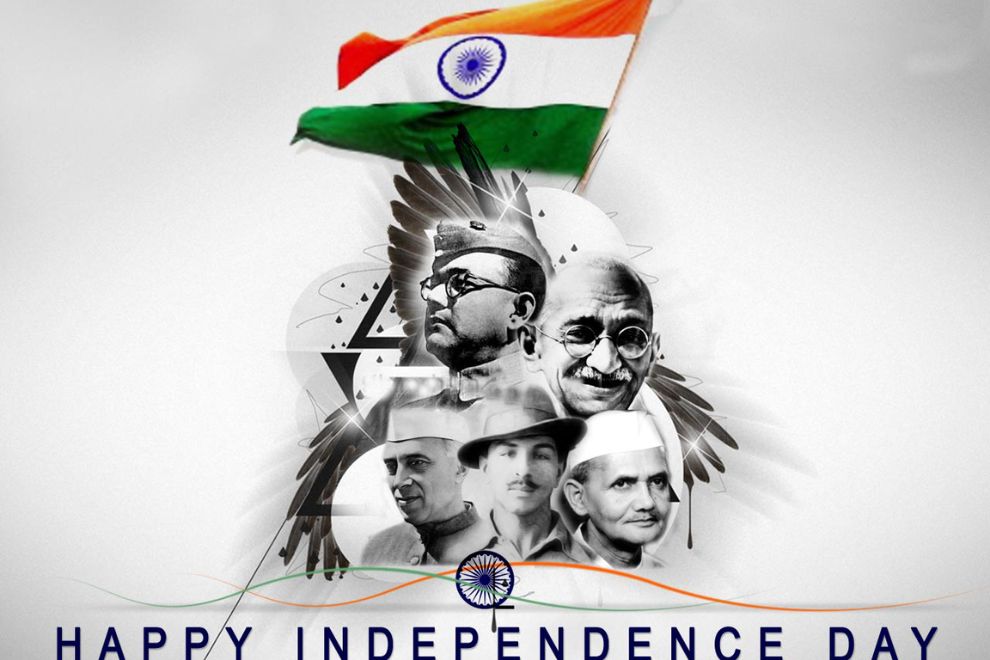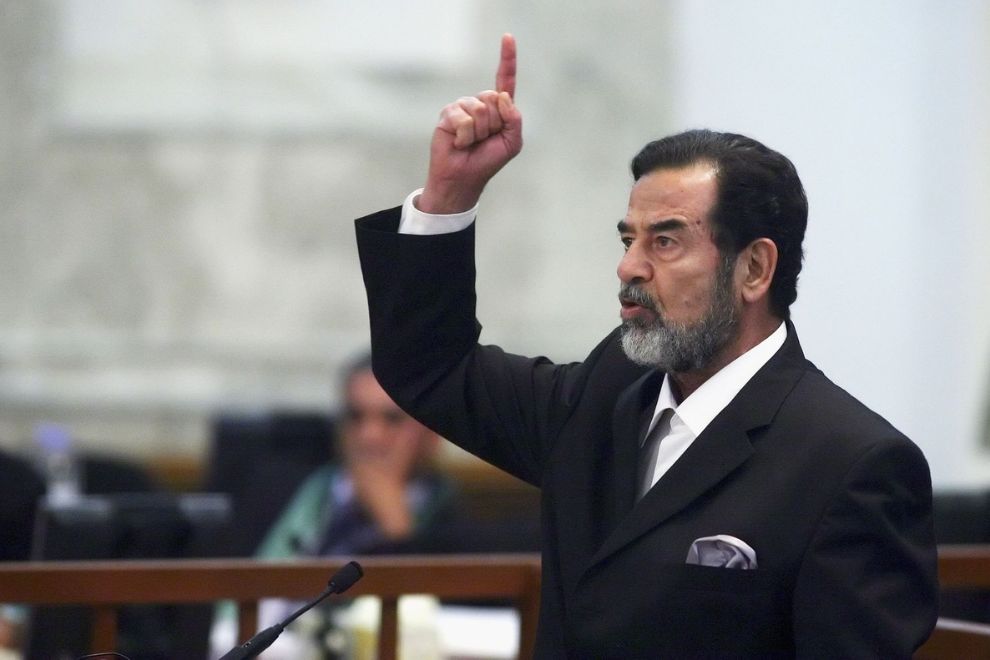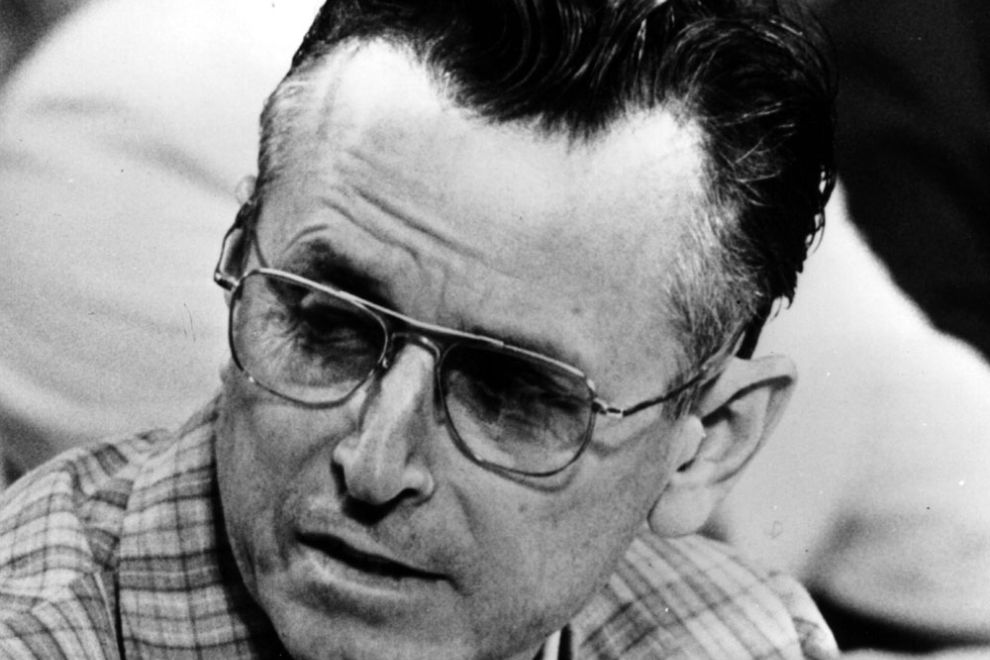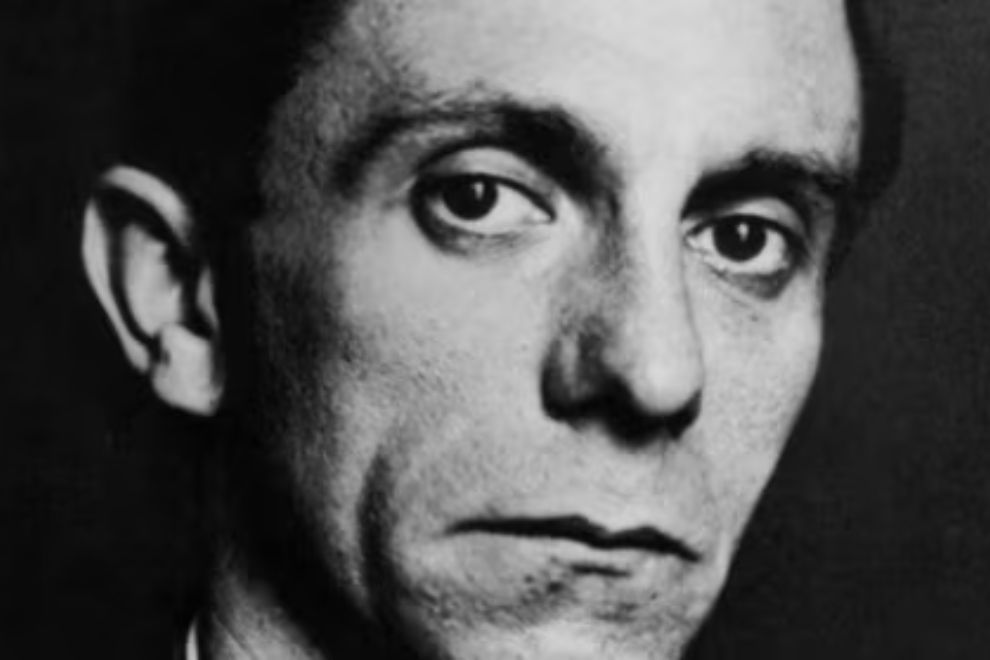1. Introduction Saddam Hussein remains one of the most polarizing figures of modern Middle Eastern history. As the president of Iraq from 1979 to 2003, he shaped the country through a combination of authoritarian rule, ambitious modernization projects, war, and political repression. His tenure witnessed both economic development and devastating conflicts that altered Iraq’s trajectory for decades. To some, he was a defender of Arab nationalism and Iraqi sovereignty; to others, he was a ruthless dictator whose policies brought untold suffering to his people. 2. Early Life and Background Saddam Hussein Abd al-Majid al-Tikriti was born on April 28, 1937 in the village of Al-Awja, near Tikrit, Iraq. His early life was marked by poverty and hardship. His father either died or disappeared before Saddam’s birth, leaving his mother to raise him. At age ten, Saddam left his village for Baghdad, living with his uncle Khairallah Talfah, a fervent Arab nationalist and a strong influence on the young Saddam’s political worldview. From an early age, Saddam displayed a combination of ambition, resilience, and a readiness to use force. These traits would later define his political career. His teenage years were shaped by the growing influence of the Ba’ath Party, an Arab nationalist movement that sought to unite the Arab world under a single socialist framework. 3. Rise to Power In 1957, Saddam formally joined the Ba’ath Party, quickly gaining a reputation for loyalty and fearlessness. A year later, he participated in an assassination attempt against then-Prime Minister Abdul Karim Qasim, which forced him into exile. He spent years in Egypt before returning to Iraq after the Ba’athists briefly seized power in 1963. The defining moment came with the 1968 coup, when the Ba’ath Party, supported by the military, took control of the government. Saddam initially served as vice president under President Ahmed Hassan al-Bakr. However, his influence rapidly expanded through his control over the Mukhabarat (secret police) and other security forces. By July 16, 1979, al-Bakr resigned, and Saddam assumed the presidency, consolidating power through a purge of potential rivals. 4. Political Ideology and Governance Saddam Hussein’s rule was rooted in Ba’athist ideology, combining Arab nationalism with elements of socialism. He championed the idea of a united Arab world, opposing Western influence and Zionism. Economically, he nationalized Iraq’s oil industry in 1972, significantly increasing state revenues. These funds financed infrastructure projects, education, healthcare, and industrial development, turning Iraq into one of the most advanced states in the region during the late 1970s. However, this modernization came at the cost of political freedom. Saddam’s governance relied on an extensive security apparatus, censorship, and the suppression of dissent. His image was omnipresent—through statues, portraits, and state-controlled media—creating a cult of personality that reinforced his authority. 5. Key Events During His Rule The Iran–Iraq War (1980–1988) Tensions with Iran escalated after the 1979 Iranian Revolution, which brought Ayatollah Khomeini to power. Saddam feared the spread of Shia revolutionary ideology into Iraq’s Shia-majority population. In September 1980, Iraq invaded Iran, sparking an eight-year war characterized by trench warfare, economic strain, and heavy casualties. The conflict ended in a stalemate, with neither side achieving decisive victory. Invasion of Kuwait (1990) In August 1990, Saddam ordered the invasion of Kuwait, accusing it of overproducing oil and stealing Iraqi reserves through slant drilling. The move triggered a swift international response, culminating in the Gulf War of 1991, in which a US-led coalition expelled Iraqi forces. Following the war, the United Nations imposed harsh sanctions that crippled Iraq’s economy. Internal Suppression Saddam’s regime was notorious for its brutal suppression of uprisings. After the Gulf War, Kurdish and Shia rebellions erupted but were crushed with overwhelming force. In 1988, during the closing stages of the Iran–Iraq War, Iraqi forces used chemical weapons in Halabja, killing thousands of Kurdish civilians. 6. Human Rights Record International organizations documented extensive human rights abuses during Saddam’s rule, including mass executions, torture, forced disappearances, and the targeting of ethnic and political minorities. His policies toward the Kurds, particularly the Anfal Campaign, were widely regarded as genocidal. Political prisoners often faced horrific conditions in detention centers, and dissent was met with immediate and often lethal retribution. 7. International Relations Saddam’s foreign policy shifted dramatically over time. During the Iran–Iraq War, he received support from both the United States and the Soviet Union, as they viewed Iran as a mutual threat. However, his invasion of Kuwait turned former allies into enemies. By the late 1990s, Iraq was increasingly isolated, with its economy devastated by sanctions and its military power diminished. 8. Fall from Power In 2003, the United States and its allies accused Saddam of possessing weapons of mass destruction (WMDs) and supporting terrorism. The US-led invasion in March 2003 quickly toppled his government. Saddam went into hiding but was captured in December 2003 near Tikrit in what became known as Operation Red Dawn. He was tried by the Iraqi Special Tribunal for crimes against humanity, primarily related to the killing of 148 Shia Muslims in the town of Dujail in 1982. Found guilty, Saddam Hussein was executed by hanging on December 30, 2006. 9. Legacy and Historical Debate Saddam Hussein’s legacy is deeply contested. The instability that followed his removal has led some to reassess the consequences of his overthrow, but few dispute the authoritarian nature of his regime. 10. Notable and Rephrased Saddam Hussein Quotes Authentic Historical Quotes (Rephrased for Originality): Original Saddam-Inspired Quotes (Unique Wording):6. “Power is not in the sword, but in the will to wield it without hesitation.”7. “A nation’s dignity is worth more than a thousand peaceful days under occupation.”8. “Strength without vision is chaos; vision without strength is weakness.”9. “History favors those who dare, not those who wait.”10. “A leader’s legacy is carved not in speeches, but in the battles he chooses to fight.” 11. Conclusion Saddam Hussein’s life and rule stand as a powerful case study in the complexities of political leadership, nationalism, and authoritarianism. His policies reshaped Iraq’s economy and society, but also plunged the country

